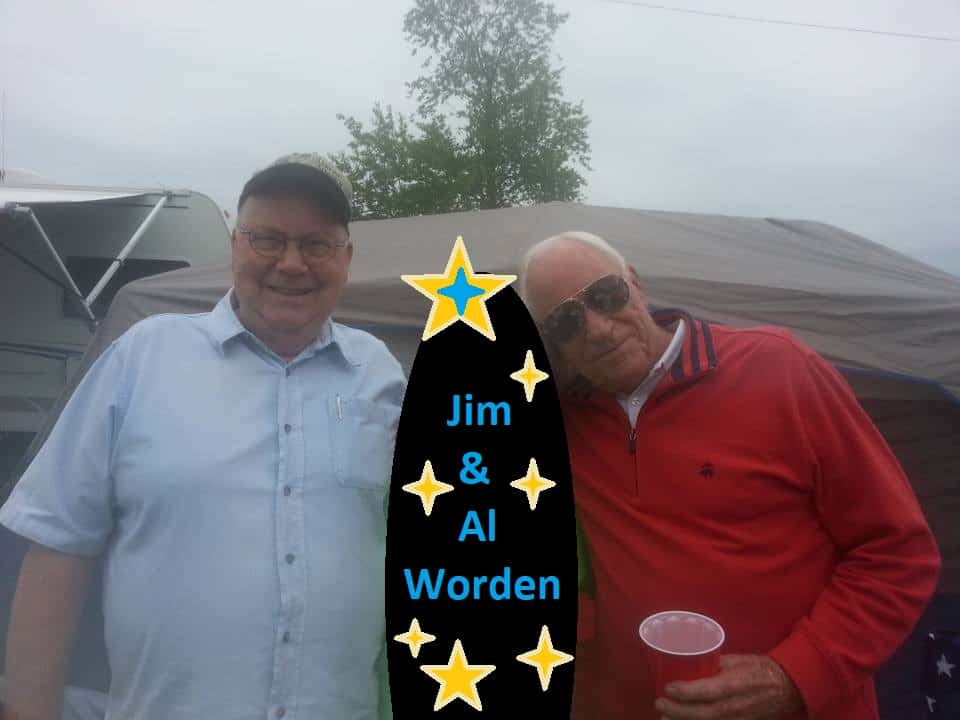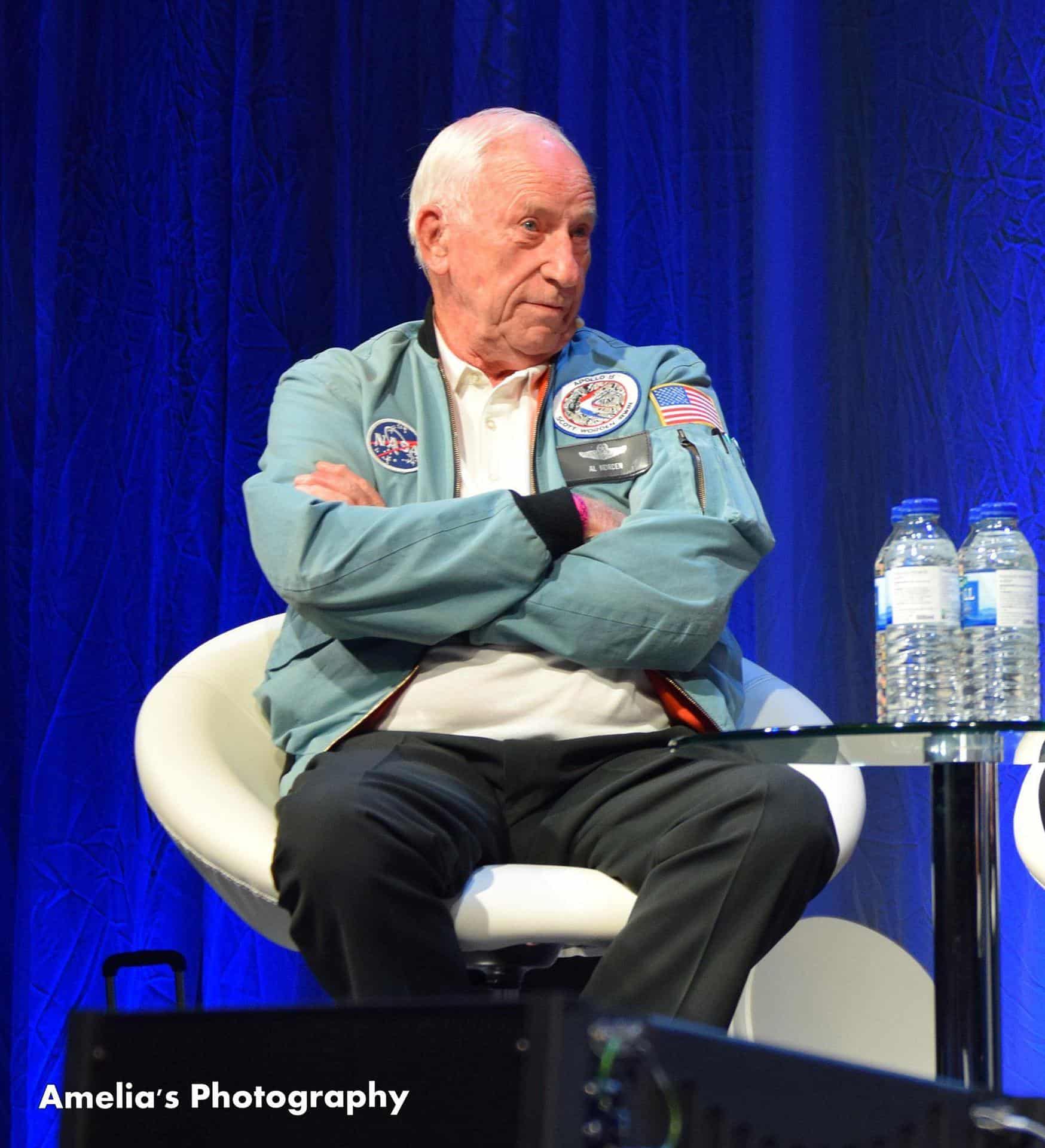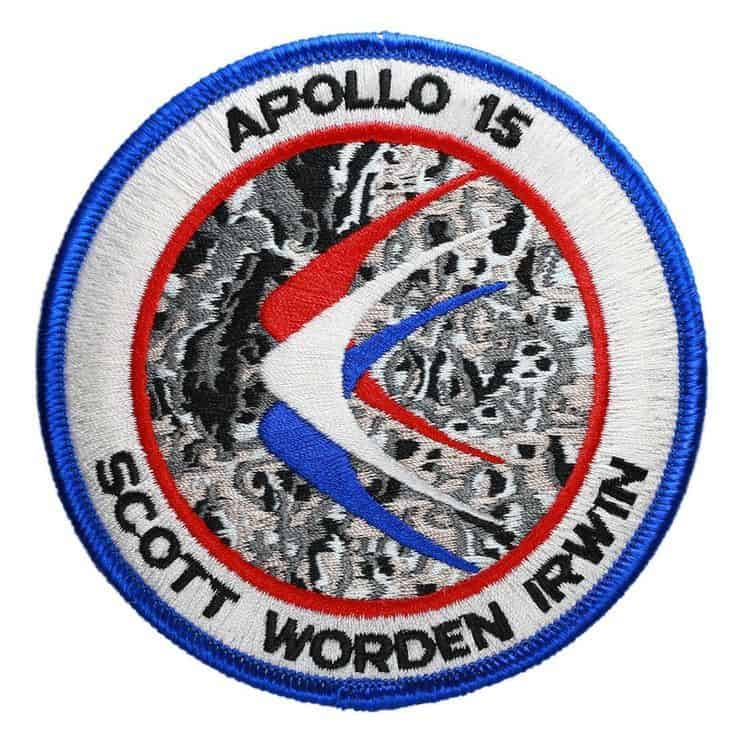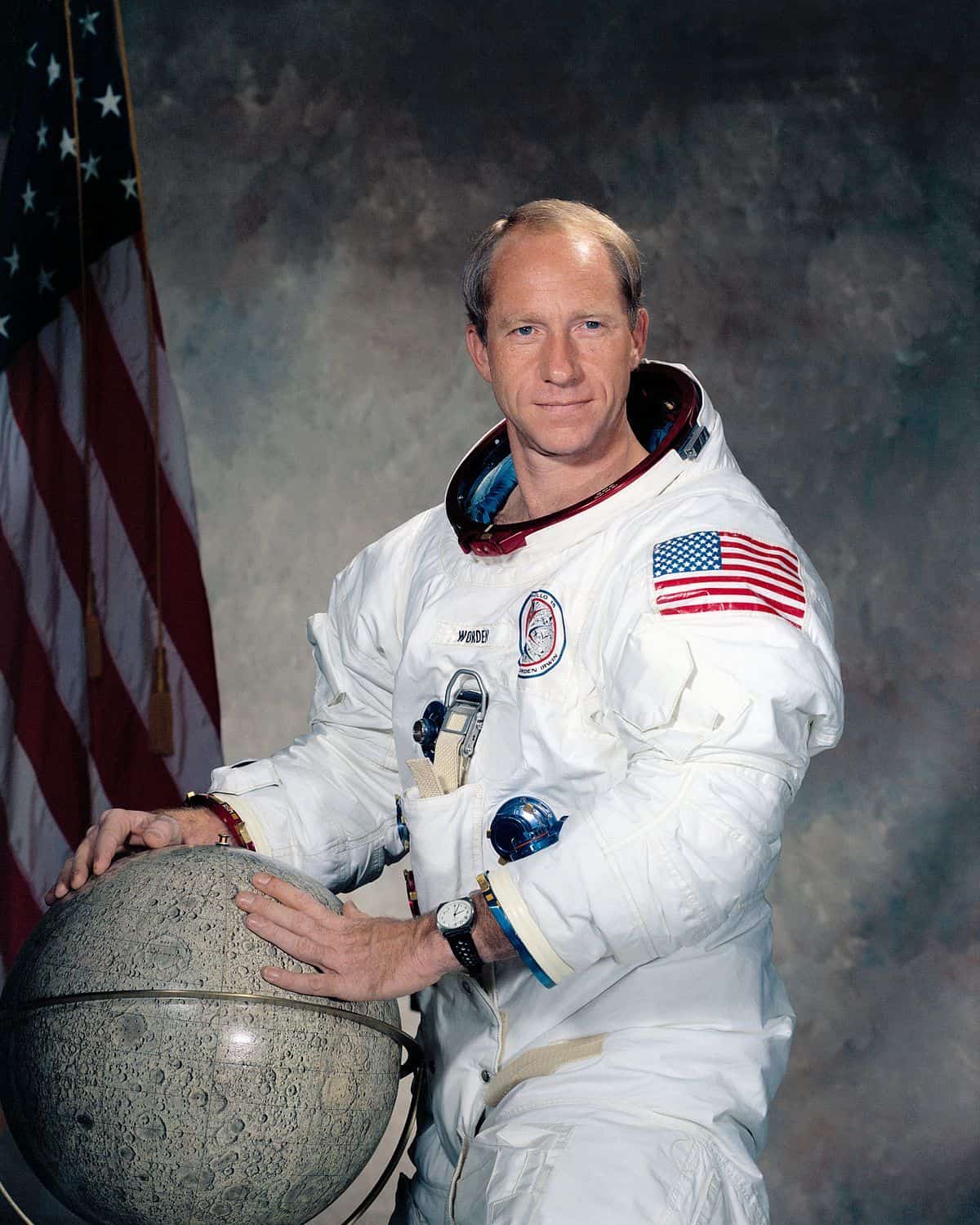The Patrons of MajorTim.space:
Jim Worden

“My name is Jim Worden and I am the brother of Al Worden,
the Apollo 15 Astronaut and Former Patron of MajorTim.space.
It is a great honor to join this organisation as a patron. I have spent my whole life in two very separate but worthy endeavors. The first being aviation sciences and the other advocating for young people. I am now retired from 40 years as a commercial pilot, flight test pilot and administrator. My second life effort has been advocating for our youth. For many years I have counseled and stood beside young people. They are our future leaders, engineers, pilots, doctors and entrepreneurs. It is important that every one of them have the opportunity to explore and develop their future to the fullest extent.
So, I am honored to become a part of MajorTim.space
Thank you”
– Jim Worden
Jim is now retred and spent 40 years as a commercial pilot, flight test pilot and administratorhe brother of Al Worden, the Apollo 15 Astronaut and Former Patron of MajorTim.spacce.
Jim has had an interest in airplanes and aviation since a very early age – he spent much time building and flying model planes.
Jim holds an Airline Transport Pilots License with type ratings in several aircraft.
Through his incredible career Jim had the opportunity to meet and fly many extremely well known people – including celebrities and entertainers.
We were very honoured that Apollo 15 astronaut, Al Worden was the former patron of MajorTim.space.

“The most important thing we can leave for our descendants is a love of Science, Technology, Engineering and Math (STEM). These are the tools that will enable us to survive in today’s world and help us find a safe place in the future in which to prosper. I encourage all young people to focus on these disciplines to become part of the solution rather than the problem. It is our future that you hold in your hands and this website is a good source of information!”
– Al Worden
Alfred Worden served as Command Module Pilot (CMP) on Apollo 15, the fourth manned lunar landing mission.
He was America’s First Astronaut to perform a Deep Space EVA on the return from the Moon aboard Apollo 15, 196,00 miles from Earth in 1971.
Al Worden was born on 7th February 1932 and sadly died on 18th March 2020.
Apollo 15 was the fourth manned lunar landing mission and the first to visit and explore the moon’s Hadley Rille and Apennine Mountains, which are located on the southeast edge of Mare Imbrium (Sea of Rains).
On 30 July 1971 two astronauts (Apollo 15 Commander David R. Scott and LM pilot James B. Irwin) landed in the Hadley Rille/Apennines region of the Moon in the Lunar Module (LM) while the Command and Service Module (CSM) (with CM pilot Alfred M. Worden) continued in lunar orbit.
Apollo 15 achievements include:
Largest payloads placed in earth and lunar orbits
First scientific instrument module bay flown and operated on an Apollo spacecraft
Longest lunar surface stay time (the lunar module, “Falcon” remained on ground for 66 hours and 54 minutes)
Longest lunar surface EVA (Scott and Irwin logged 18 hours and 35 minutes each during three excursions onto the lunar surface)
Longest distance traversed on lunar surface
First use of lunar roving vehicle
First use of a lunar surface navigation device (mounted on Rover-1)
First sub satellite launched in lunar orbit
First EVA from a command module out of Earth orbit for which Col. Worden still holds a record for the furthest deep space EVA
Apollo 15 mission patch:

The patch design is of three birds flying over the lunar surface, each one indicating each astronaut who was on the flight. The lunar surface behind the patch shows the landing site (next to Hadley Rille at the foot of the Appenine Mountains) and directly behind the birds is a crater formation that spells “15” in Roman numerals. You can also see from the birds that they fly in formation with one on top and two closer to the lunar surface, indicating the astronauts who landed on the Moon’s surface.


